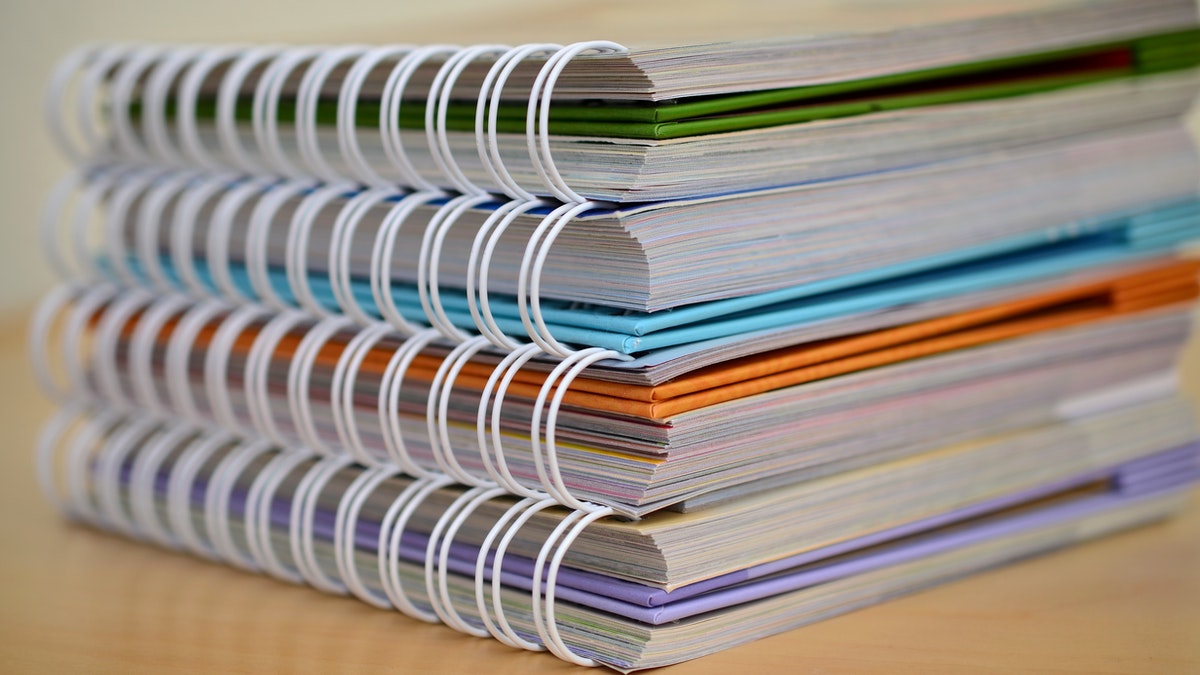Articles

NCERT Chapter Summary: Forest and Wildlife Resources
Biodiversity or Biological Diversity is immensely rich in wildlife and cultivated species, diverse in form and function but closely integrated in a system through multiple network of interdependencies.

NCERT Chapter Summary: Population
1. Why are people considered an important part of society?
People are considered an important part of society as they develop the economy and the society, make and use resources. People are both producers and consumers of the resources.

NCERT Chapter Summary: Print Culture and Modern World
It is difficult for us to imagine a world without printed matter. We find evidence of print everywhere around us – in books, journals, newspapers, prints of famous paintings, and also in everyday things like theatre programmes, official circulars, calendars, diaries, advertisements, cinema posters at street corners.

NCERT Chapter Summary: Physical Features of India
1. What does the geology of the peninsular plateau show?
The geology of the peninsular plateau shows that it constitutes one of the ancient landmasses on the earth’s surface. It was supposed to be one of the most stable blocks.

NCERT Chapter Summary: Age of Industrialisation
In 1900, a popular music publisher E.T. Paull produced a music book that had a picture on the cover page announcing the ‘Dawn of the Century’. At the centre of the picture is a goddess-like figure, the angel of progress, bearing the flag of the new century. She is gently perched on a wheel with wings, symbolising time.

NCERT Chapter Summary: Rise of Nationalism in Europe
In 1848, Frédéric Sorrieu, a French artist, prepared a series of four prints visualising his dream of a world made up of ‘democratic and social Republics’, as he called them. The first print of the series, shows the peoples of Europe and America - men and women of all ages and social classes - marching in a long train, and offering homage to the statue of Liberty as they pass by it.

NCERT Chapter Summary: Socialism in Europe and Russian Revolution
The French Revolution opened up the possibility of creating a dramatic change in the way in which society was structured. Before the eighteenth century society was broadly divided into estates and orders and it was the aristocracy and church which controlled economic and social power.

NCERT Chapter Summary: Forest Society and Colonialism
A lot of this diversity is fast disappearing. Between 1700 and 1995, the period of industrialisation, 13.9 million sq km of forest or 9.3 per cent of the world’s total area was cleared for industrial uses, cultivation, pastures and fuelwood.

NCERT Chapter Summary: Coordinate Geometry
To locate the position of an object or a point in a plane, we require two perpendicular lines. One of them is horizontal, and the other is vertical. The plane is called the Cartesian, or coordinate plane and the lines are called the coordinate axes.

NCERT Chapter Summary: Statistics
Facts or figures, collected with a definite purpose, are called data. Statistics is the area of study dealing with the presentation, analysis and interpretation of data. How data can be presented graphically in the form of bar graphs, histograms and frequency polygons.

NCERT Chapter Summary: Our Environment
The various components of an ecosystem are interdependent. The producers make the energy from sunlight available to the rest of the ecosystem. There is a loss of energy as we go from one trophic level to the next, this limits the number of trophic levels in a food-chain.

NCERT Chapter Summary: Making of a Global World
When we talk of ‘globalisation’ we often refer to an economic system that has emerged since the last 50 years or so. But as you will see in this chapter, the making of the global world has a long history - of trade, of migration, of people in search of work, the movement of capital, and much else.

NCERT Chapter Summary: Nationalism in India
As you have seen, modern nationalism in Europe came to be associated with the formation of nation-states. It also meant a change in people’s understanding of who they were, and what defined their identity and sense of belonging.

NCERT Chapter Summary: Pastoralists in the Modern World
In this chapter you will read about nomadic pastoralists. Nomads are people who do not live in one place but move from one area to another to earn their living. In many parts of India we can see nomadic pastoralists on the move with their herds of goats and sheep, or camels and cattle.

NCERT Chapter Summary: Quadratic Equations
One type of polynomial is the quadratic polynomial of the form ax2 + bx + c, a ≠ 0. When you equate this polynomial to zero, you get a quadratic equation. Quadratic equations come up when you deal with many real-life situations.

NCERT Chapter Summary: Real Numbers
Euclid’s division algorithm, as the name suggests, has to do with divisibility of integers. Stated simply, it says any positive integer a can be divided by another positive integer b in such a way that it leaves a remainder r that is smaller than b.

NCERT Chapter Summary: Heights and Distances
Trigonometry is one of the most ancient subjects studied by scholars all over the world. Trigonometry was invented because its need arose in astronomy. Since then the astronomers have used it, for instance, to calculate distances from the Earth to the planets and stars.

NCERT Chapter Summary: Introduction to Trigonometry
The word ‘trigonometry’ is derived from the Greek words ‘tri’ (meaning three), ‘gon’ (meaning sides) and ‘metron’ (meaning measure). trigonometry is the study of relationships between the sides and angles of a triangle.

NCERT Chapter Summary: Linear Equations in Two Variables
An equation of the form ax + by + c = 0, where a, b and c are real numbers, such that a and b are not both zero, is called a linear equation in two variables. A linear equation in two variables has infinitely many solutions.

NCERT Chapter Summary: Number Systems
A number r is called a rational number, if it can be written in the form p/q, where p and q are integers and q ≠ 0. A number s is called a irrational number, if it cannot be written in the form p/q, where p and q are integers and q ≠ 0.

NCERT Chapter Summary: Carbon and its Compounds
Carbon is a versatile element that forms the basis for all living organisms and many of the things we use. This large variety of compounds is formed by carbon because of its tetravalency and the property of catenation that it exhibits.

NCERT Chapter Summary: Magnetic Effects of Electric Current
A compass needle is a small magnet. Its one end, which points towards north, is called a north pole, and the other end, which points towards south, is called a south pole. A magnetic field exists in the region surrounding a magnet, in which the force of the magnet can be detected.

NCERT Chapter Summary: Lines and Angles
If a ray stands on a line, then the sum of the two adjacent angles so formed is 180° and vice-versa. This property is called as the Linear pair axiom. If two lines intersect each other, then the vertically opposite angles are equal.

NCERT Chapter Summary: Metals and Non-metals
Elements can be classified as metals and non-metals. Metals are lustrous, malleable, ductile and are good conductors of heat and electricity. They are solids at room temperature, except mercury which is a liquid. Metals can form positive ions by losing electrons to non-metals.

NCERT Chapter Summary: Electricity
A stream of electrons moving through a conductor constitutes an electric current. Conventionally, the direction of current is taken opposite to the direction of flow of electrons. The SI unit of electric current is ampere.

NCERT Chapter Summary: Relations and Functions (Class 11)
Much of mathematics is about finding a pattern - a recognisable link between quantities that change. In our daily life, we come across many patterns that characterise relations such as brother and sister, father and son, teacher and student.

NCERT Chapter Summary: Trigonometric Functions
The word ‘trigonometry’ is derived from the Greek words ‘trigon’ and ‘metron’ and it means ‘measuring the sides of a triangle’. The subject was originally developed to solve geometric problems involving triangles.

NCERT Chapter Summary: Continuity and Differentiability
A real valued function is continuous at a point in its domain if the limit of the function at that point equals the value of the function at that point. A function is continuous if it is continuous on the whole of its domain.

NCERT Chapter Summary: Application of Integrals
In geometry, we have learnt formulae to calculate areas of various geometrical figures including triangles, rectangles, trapezias and circles. Such formulae are fundamental in the applications of mathematics to many real life problems.

NCERT Chapter Summary: Differential Equations
In Class XI and in Chapter 5 of the present book, we discussed how to differentiate a given function f with respect to an independent variable, i.e., how to find f'(x) for a given function f at each x in its domain of definition.




